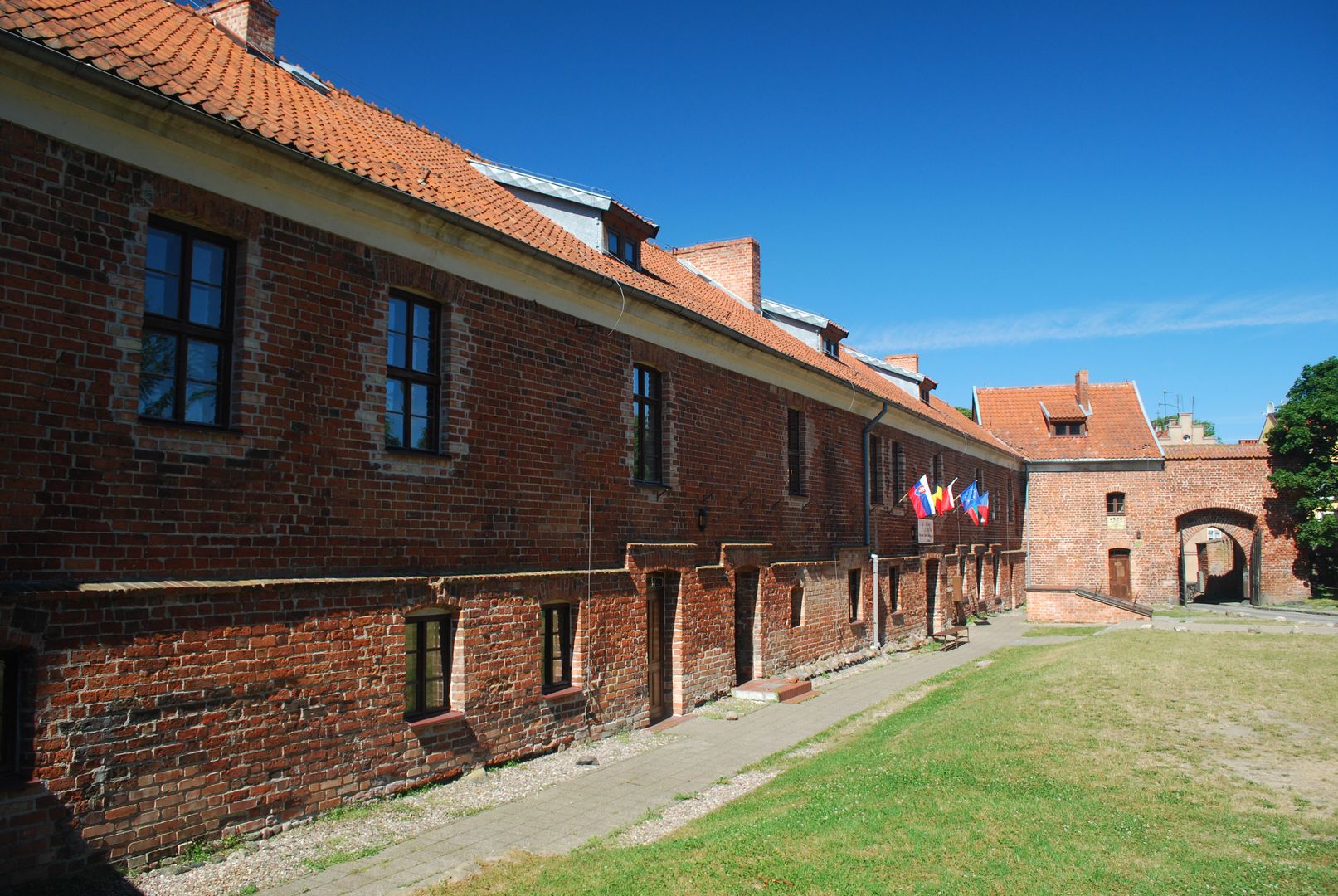Sztum Castle
6.97

Overview
Sztum Castle, a medieval Teutonic fortress located in the Pomeranian Voivodeship on the shore of Lake Sztumskie, was built in the second half of the 14th century in the Gothic style. Its architecture takes the form of a polygon with three towers, and its history dates back to the foundation of the fortalicium by Duke Albrecht III Longhair following a campaign against the Samogitians and Lithuanians. The castle originally served as the seat of the Teutonic bailiff, and in 1410, after the Battle of Grunwald, it was briefly held by Polish forces. In the 15th century, after the Thirteen Years' War, it became the residence of Polish starosts, and its walls hosted nobility and monastic dignitaries. Historical events, such as the Polish–Swedish wars in the 17th century, contributed to its repeated destruction, including during the Swedish Deluge. After the First Partition of Poland in 1772, the castle came under Prussian rule, resulting in its partial dismantling and repurposing as the seat of the Treasury Estate Administration. Over time, key architectural elements were lost, including towers and sections of the wings. Despite the damage and transformations, since the 1860s the castle has been the subject of architectural research, leading to discoveries about its historical significance. In the 20th century, after World War II, the castle was converted into a courthouse, museum, and cultural center, and in 2017–2018 it became part of the Malbork Castle Museum. Notable architectural details include the pointed-arch niches in the gate passage and the tower at the northwestern corner, known as the prison tower. Sztum Castle is thus not only a site of rich history but also a valuable cultural landmark, attracting tourists and researchers alike.
Location
2025 Wizytor | All Rights Reserved